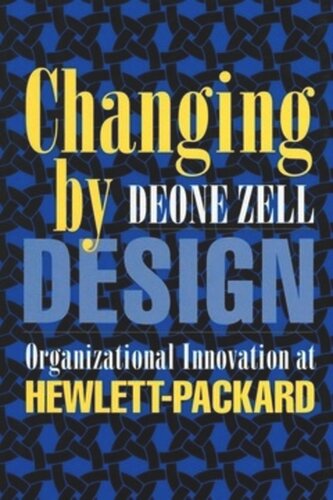

Most ebook files are in PDF format, so you can easily read them using various software such as Foxit Reader or directly on the Google Chrome browser.
Some ebook files are released by publishers in other formats such as .awz, .mobi, .epub, .fb2, etc. You may need to install specific software to read these formats on mobile/PC, such as Calibre.
Please read the tutorial at this link: https://ebookbell.com/faq
We offer FREE conversion to the popular formats you request; however, this may take some time. Therefore, right after payment, please email us, and we will try to provide the service as quickly as possible.
For some exceptional file formats or broken links (if any), please refrain from opening any disputes. Instead, email us first, and we will try to assist within a maximum of 6 hours.
EbookBell Team

5.0
90 reviewsHow do corporations achieve change? In the first analytic book about Hewlett-Packard, Deone Zell also offers an ethnography of corporate redesign, documenting Hewlett-Packard's radical reorganization of both a manufacturing and a research division. Because she writes from within the process as it unfolds, Zell is able to demonstrate how the inclusion of employees in every step of redesign can inspire the knowledge and commitment to transform an organization. Hewlett-Packard is among a growing number of companies in the United States exploring what is called sociotechnical systems (STS) redesign. As competitive pressures have grown, interest in STS has increased because it has the potential to catalyze comprehensive organizational change and avoid the pitfalls of a piecemeal or small-scale approach. STS works from the ground up, involving front-line employees in analysis and redesign of the entire organization and in explicit examination of an organization's culture. In Hewlett-Packard's California Personal Computer Division, production operators worked alongside managers to redesign their printed circuit assembly line into self-managing teams of employees. In the Santa Clara Division, a very different workforce of engineers, initially unwilling to standardize their creativity, had to develop commercial applications and become more responsive to customers in order to survive. On the basis of Hewlett-Packard's success, Zell concludes that, with top-level support and a high investment of resources at the outset, redesign can inspire relatively rapid change, especially suitable for organizations in fast-paced environments. As one H-P manager commented, "Empowerment is no longer a nice thing to do. It is now a business imperative."